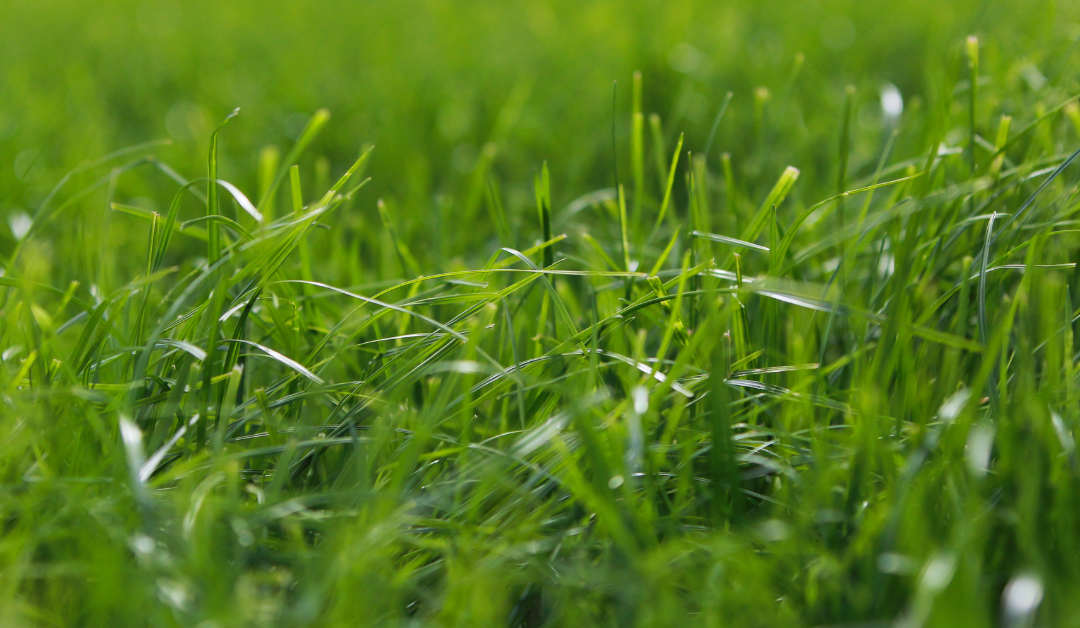After several dry weeks, many of us at this point have received high levels of rainfall which has seen growth rates rectify to normal levels. However, as a result, grass quality has become an issue, resulting in reduced milk solids/output. Poor graze outs this spring, coupled with moisture-stressed grass has made life difficult for many over the past month.
In dry conditions, the grass plant starts to enter survival mode (reproductive mode), throwing out a seedhead and excessive stem rather than a leaf, even at low covers.
Grassland Management
- Grass growth figures currently are 52 Kg DM/ha.
- Soil moisture deficits have largely disappeared with thundery showers and heavy rainfall throughout the country.
- Where growth has increased, it is important to keep in line with the grazing targets and use this opportunity to remove paddocks with poor grass quality.
- We are only 2 rotations from beginning the process of building autumn grass, so it is essential that there are clean swards on the grazing block.
- Target an average farm cover of 600-700 kg DM/ha (Cover per cow 160-180) or 12-14 days of grass ahead.
- Where paddocks are stemmy, but no surplus grass is available on farm, use disc mower to top or pre-mow 1-2 paddocks per week.
Holding milk output
With a typical spring calving herd, once the peak is over, the average milk yield decline should be no greater than 2.5% per week. Where grass quality is poor, and/or silage is reintroduced, be mindful to cover the cow’s energy requirements (especially where forage quality is low) by increasing concentrate supplementation where an energy deficit occurs, until grass quality and quantity increases. Reduced energy density will result in falling milk protein and reduced milk output.
For more information contact your local Agritech Sales Advisor.



Nice blog here Also your site loads up fast What host are you using Can I get your affiliate link to your host I wish my web site loaded up as quickly as yours lol
Seeing how much work you put into it was really impressive. But even though the phrasing is elegant and the layout inviting, it seems like you are having trouble with it. My belief is that you ought to try sending the following article. If you don’t protect this hike, I will definitely come back for more of the same.
I wonder how much work goes into creating a website this excellent and educational. I’ve read a few really good things here, and it’s definitely worth saving for future visits.
Здесь вы найдете разнообразный видео контент звук дождя для сна скачать,
охватывающий множество платформ и форматов.
От коротких зрелищных роликов на TikTok до
долгоиграющих трансляций на Twitch – мой канал
стремится объединить лучшее из разных миров видео.
Присоединяйтесь, чтобы веселиться вместе с потоковым мультимедиа Stream, наслаждаться премиум-контентом от Vevo и Vimeo,
а также открывать для себя новые таланты на Rumble
и BitChute.
Также вы найдете здесь эксклюзивный контент для Instagram TV (IGTV), Facebook Watch
и других социальных платформ.
А для поклонников аниме есть отдельная секция с
лучшим контентом от Crunchyroll.
Используя мощь профессиональных инструментов, таких как Brightcove, Kaltura, JWPlayer,
IBM Cloud Video и многих других, я
стараюсь предоставить вам впечатляющий и высококачественный видео опыт.
Подписывайтесь сегодня и оставайтесь на волне самого свежего и разнообразного видео контента в интернете.
Добро пожаловать в мой мир ярких видео!”
Это описание канала объединяет все упомянутые вами видео платформы, демонстрируя вашу готовность работать с разными форматами и обеспечивать качественный и разнообразный контент для зрителей. Пусть оно привлечет новых подписчиков!
Здесь вы найдете разнообразный видео контент ялта интурист мероприятия
Здесь вы найдете разнообразный видео
контент ялта интурист магазины рядом
Today, I went to the beachfront with my children. I found a sea shell and gave it to my 4 year
old daughter and said “You can hear the ocean if you put this to your ear.” She placed
the shell to her ear and screamed. There was a hermit crab inside
and it pinched her ear. She never wants to go back! LoL I know this is completely off topic but I had to
tell someone!
Откройте дверь к лучшей версии себя – кликните по ссылке
на факультет психологии что изучает
Really wonderful info can be found on blog.Raise your business
Shop top Marc Jacobs styles on sale at the marc jacobs factory outlet online.
Upgrade your wardrobe with fashionable shoes and clothing from ayouba.com.
Save on stylish Marc Jacobs pieces at the marc jacobs outlet.
Shop stylish clothing and functional homeware at Clothing & Homeware.
好的,以下是针对新网站 loveshackfancyoutlet.com 和关键词 “loveshackfancy” 的20个广告词,每条评论之间没有空格,超链接文字为“loveshackfancy”:
Discover the perfect blend of style and comfort at STAUD Official Site.
Transform your child’s wardrobe with elegant pieces from janie and jack.